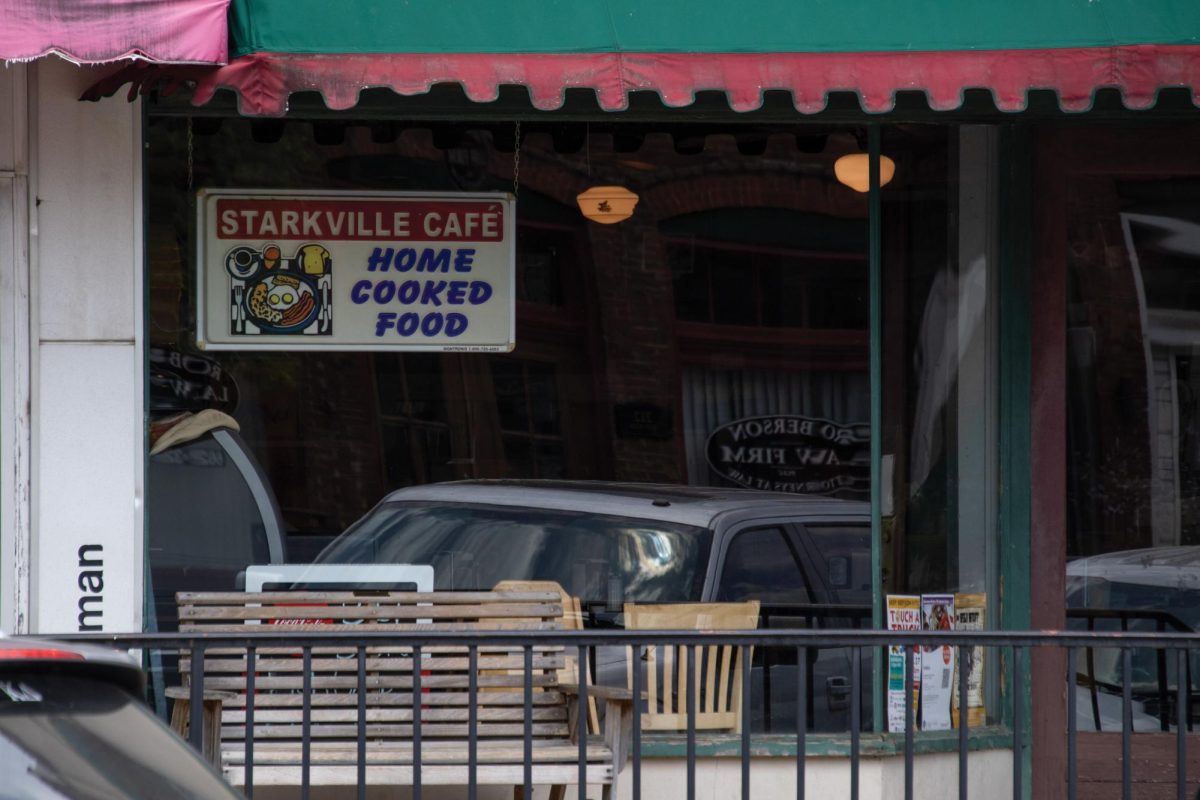Halloween was not always the heavily commercialized night it is today where children dressed in cheaply-made but overpriced costumes become a candy-craving zombie horde. Halloween has its roots in rituals that have been important to the religious practices of many people across the world for centuries.
The original rituals date back to ancient Celtic traditions before the introduction of Christianity to the British Isles. A version of this festival, called Samhain, is still practiced around the world today. Selena Fox from circlesanctuary.org says, “As October turns to November, thousands of Witches, Wiccans, Druids and other Pagans across America, Canada, Europe and elsewhere observe the sacred time of Samhain.
Samhain is a festival of the Dead.” It is also a festival denoting the end of harvest season and the beginning of the coldest part of the year. Families would gather together and there would be feasts and private ceremonies and rites.
Everyone was fine with their religious practices until the ancient Catholics came to town.
In proper early Christian fashion, this band of newcomers wanted to convert as many of the natives as possible. They ran into a bit of trouble when they realized these people were particularly attached to their practices and did not see the need to change what had always worked for them. Wanting to get a piece of the festival action, the Catholic Church decided in the eighth century according to history.com to create their own holiday called “All Saints Day” on Nov. 1 to compete with other religious activities of the region. In order to make the “good word” seem a little better, the church incorporated traditions from the Samhain rituals into this new holiday so when people converted they would not have to give up all the practices they held dear.
This new holiday began to integrate further with the original Samhain festivals, as well as ancient Roman traditions which celebrated both the dead and Pomona, the goddess of fruit. All Saints Day began to integrate symbolism and traditions involving apples, which is why historian believe we have traditions such as bobbing for apples today.
A Middle English translation of “All Saints Day” was “Alholowmesse,” which began to evolve into all-hallows and all-hallows eve which, through the magic of slang, dialects and the evolution of language, eventually ended up with today’s Halloween.
Because of strict Puritan influence during colonial times in the New England area, Halloween traditions initially had difficulty taking root in the Americas, according to history.com. In more lax cultures such as Maryland and places further South, people embraced celebrations and integrated them with Native American traditions. This shifted the tone from a somber reflection of death and unity of family to light-hearted celebrations with colorful costumes and playing pranks.
According to livescience.com, the tone was shifted in America to a holiday where children innocently dress up and collect candy from neighbors, a tradition is taken from early Thanksgiving practices, in order to discourage the rampant vandalism in the 1920’s and 30’s.
Like all holidays in America, Halloween was not safe from companies looking to cash in. Costumes became more often inexpensive and store-bought rather than handmade, and Halloween-themed products from candy and decorations to pencils and stationary entered the market.
So, whether you go out partying this Oct. 31 or stay at home devouring discount candy after midnight watching classics like Hocus Pocus, you should be aware of the rich history involved in the creation of a single night.




















































































